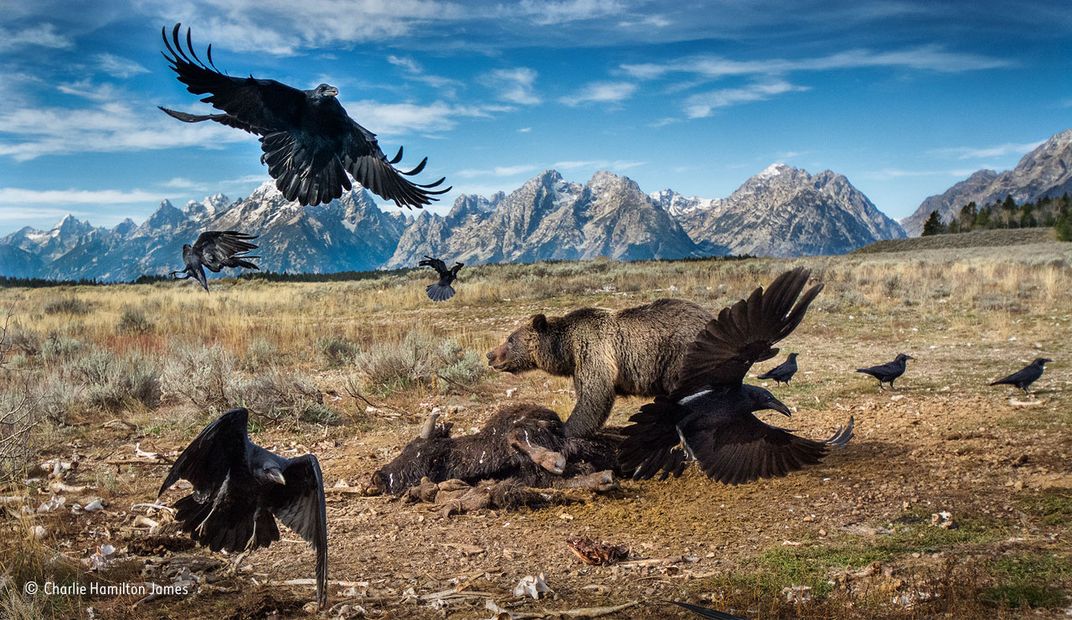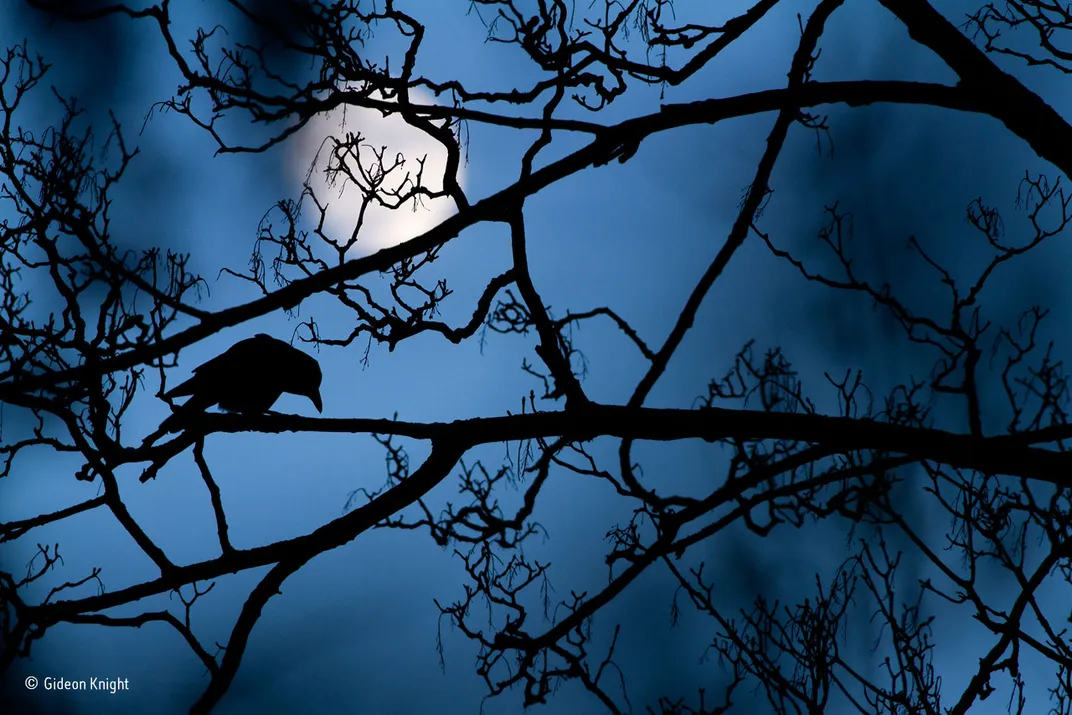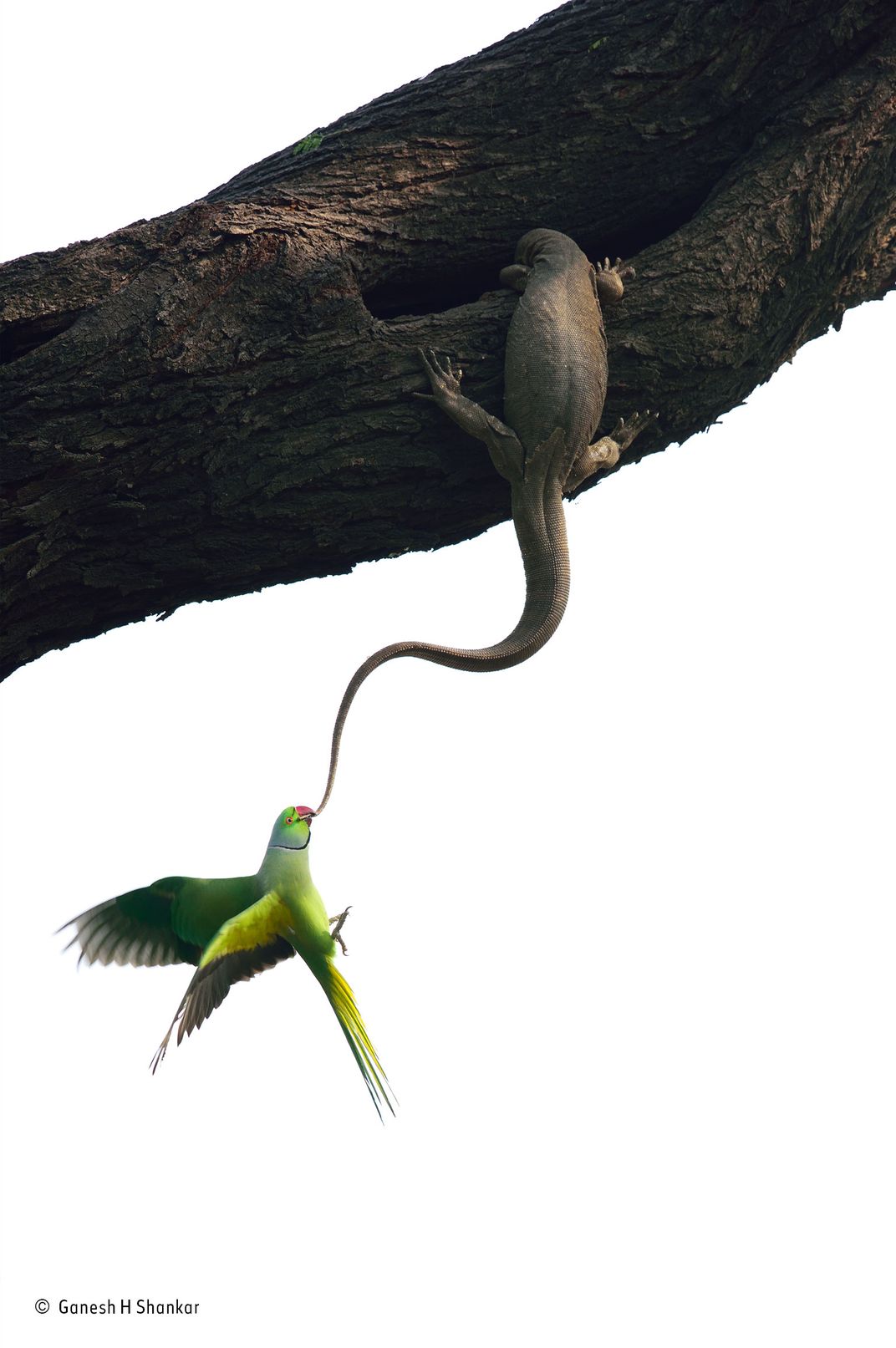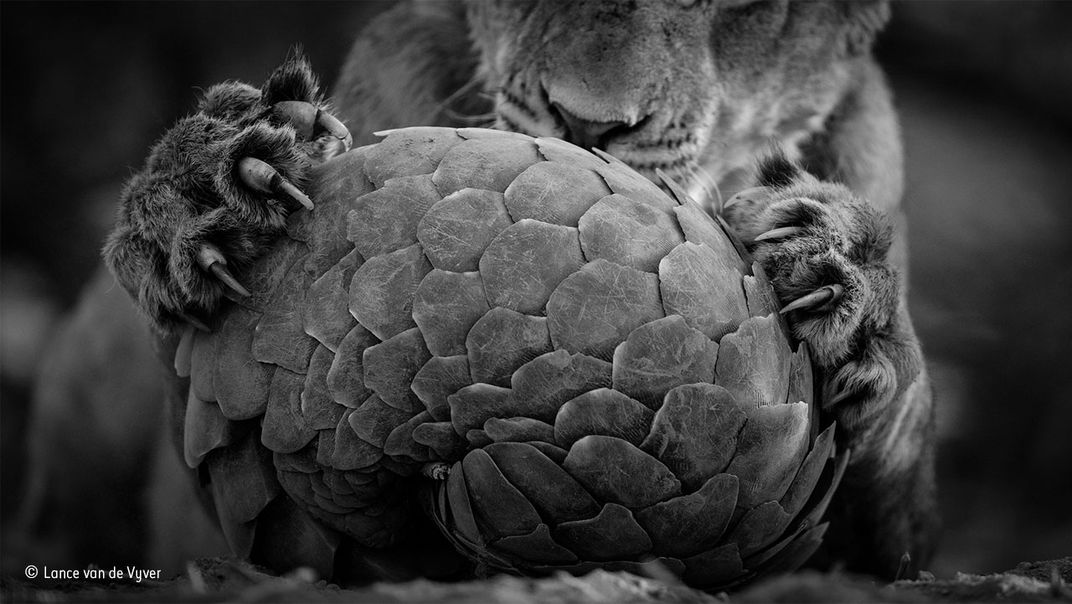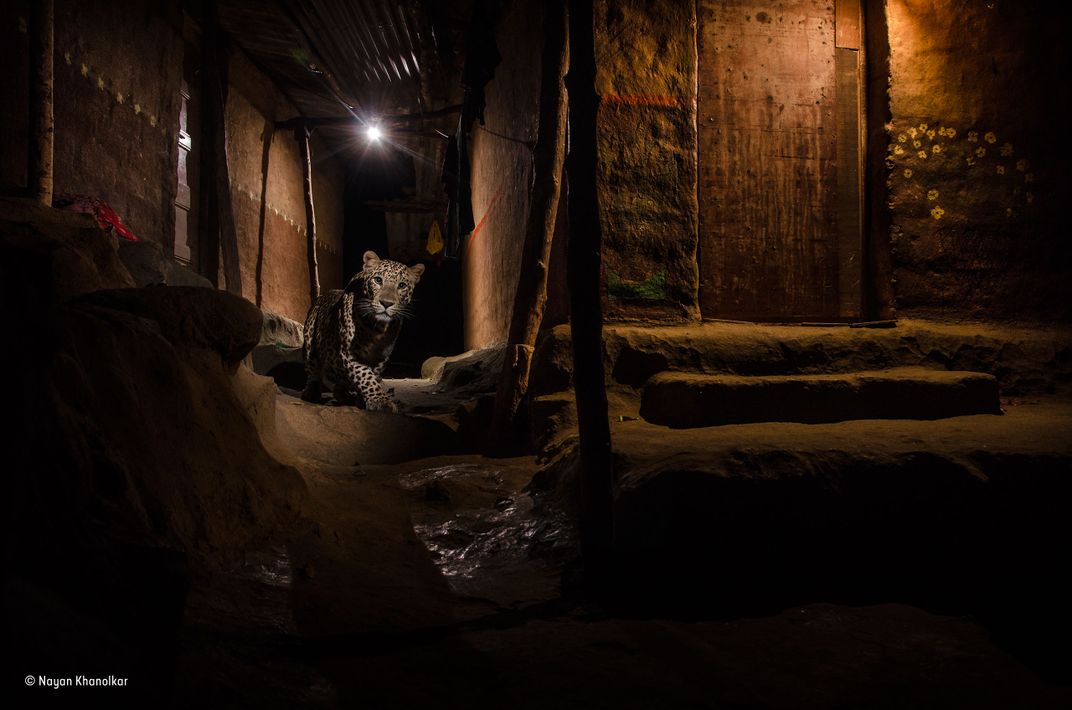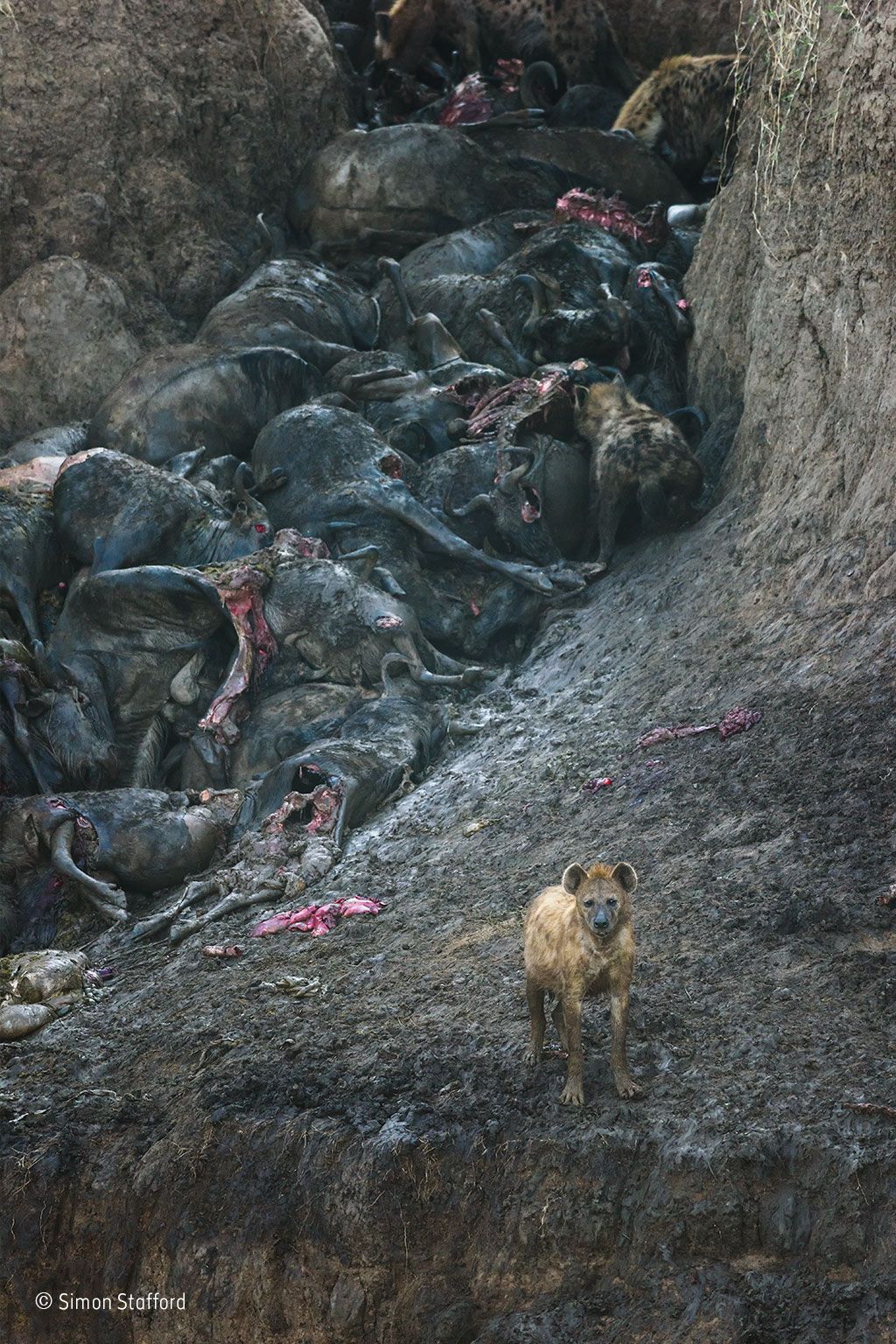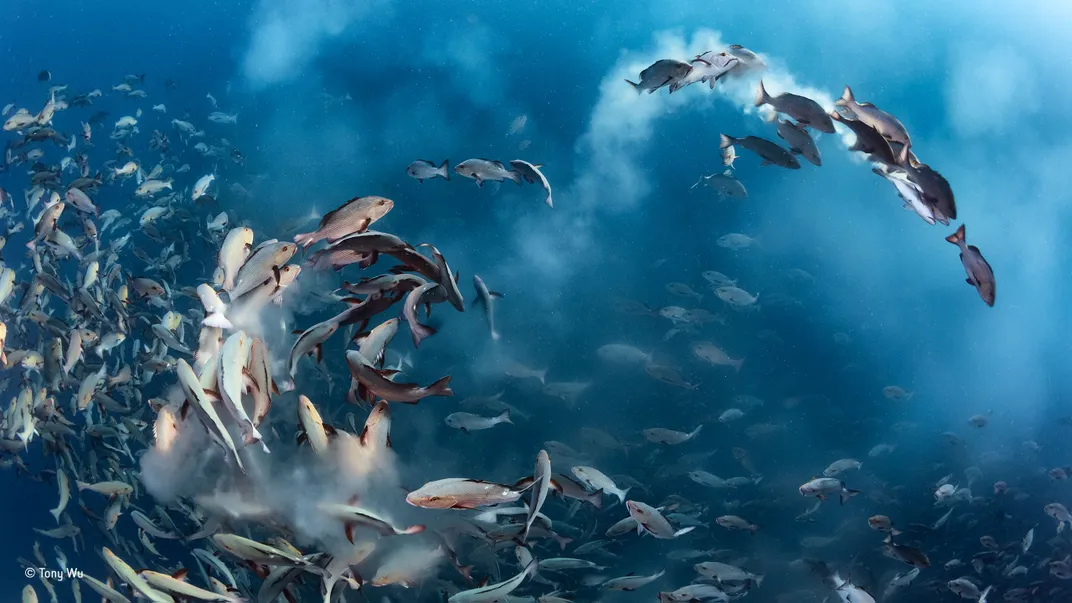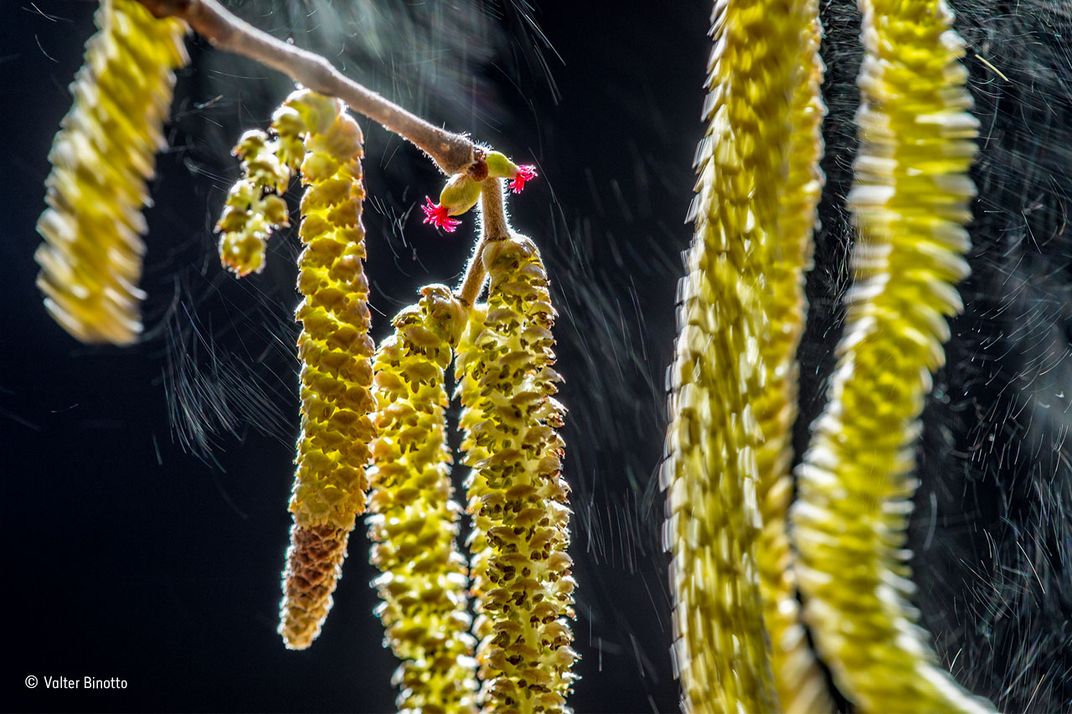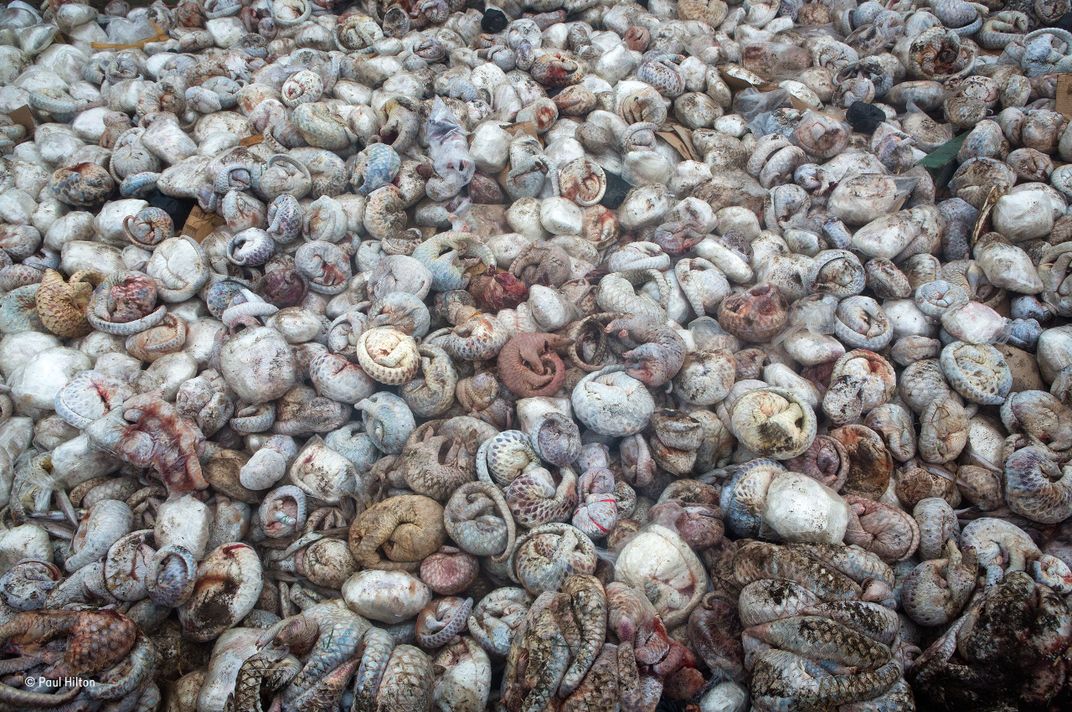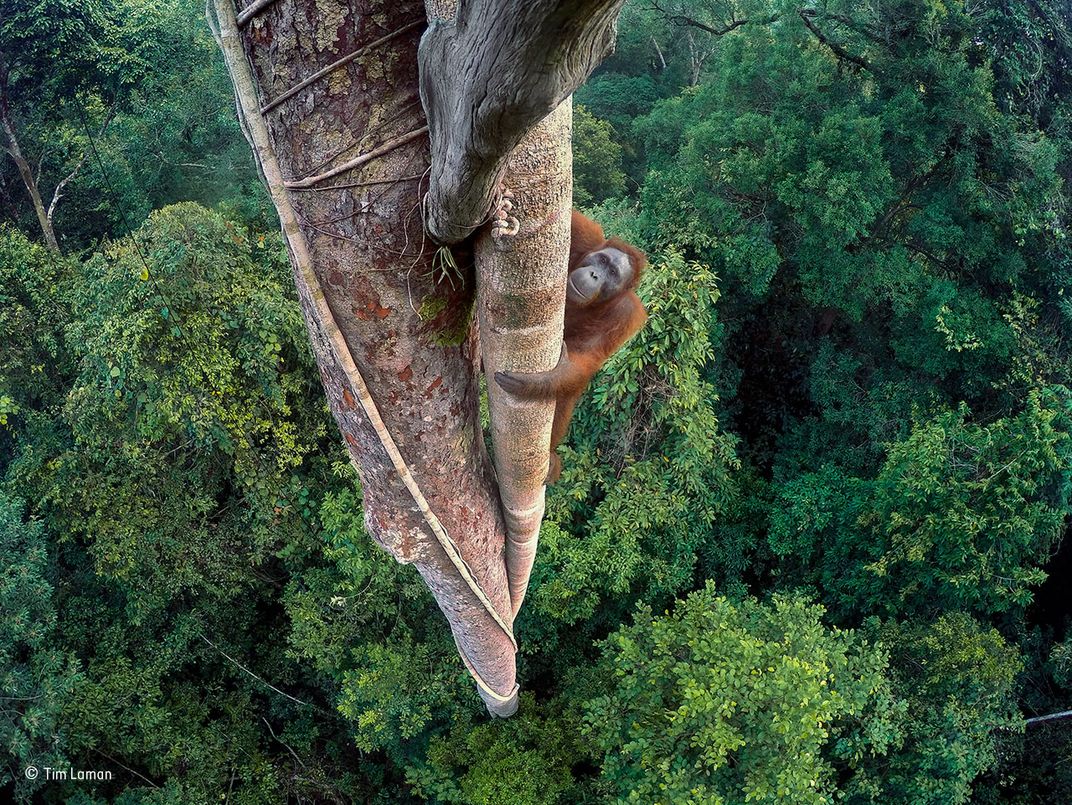London’s Natural History Museum Selects Best Wildlife Photos of the Year
From crows in the local park, to fish in the Pacific and lions in Africa, this year’s images show the variety and beauty of life on earth
Shooting wildlife is not an easy job. First, there are the lighting conditions which can change on a dime and the trouble of actually locating animals which can take days or even months. Then there’s the fact that animals are, well, animals. Mere seconds can mean the difference between a classic, National Geographic cover shot and an image of a blurry tail.
So the images selected as winners and finalist by London’s Natural History Museum for its Wildlife Photographer of the Year competition are all minor miracles of sorts. This years, 16 category winners were selected from over 50,000 entries from 95 countries. These photographers didn't just manage to catch their subjects in action but also at a remarkable moment or angle.
For instance, this year’s grand prize winner, Tim Laman of the United States, spent three days climbing the tree to place remotely triggered GoPro cameras at all angles in order to achieve his shot of a young orangutan climbing a 100-foot strangler fig in Borneo. The picture shows a piece of an orangutan’s life as it climbs into the high canopy that human eyes are hardly privy to. That, along with a portfolio of other images of how orangutans and humans interact in their home, range earned Laman the title of Wildlife Photographer of the Year.
Though many images come from nature reserves and remote jungles, not all of the winning shots were taken so far from home. Gideon Knight, a 16-year-old photog from the U.K., took his image of a crow silhouetted by the moon as it sat in a sycamore tree in a park near his home. It was good enough to earn him Young Wildlife Photographer of the Year. “If an image could create a poem, it would be like this. It should certainly inspire a few lines,” Lewis Blackwell, chair of the Wildlife Photographer of the Year jury says in the press release. "The image epitomizes what the judges are always looking for–a fresh observation on our natural world, delivered with artistic flair.”
Even though most of the images are quite beautiful or striking, they are more than just art. “Wildlife Photographer of the Year highlights some of the big questions for society and the environment: How can we protect biodiversity? Can we learn to live in harmony with nature?,” says Michael Dixon, director of the Natural History Museum, London. “The winning images touch our hearts, and challenge us to think differently about the natural world.”
Want to see these the top 100 contest images in person? They'll be on view at The Natural History Museum, London, until September 2017. The museum will start accepting entries for next year’s competition beginning October 24.
